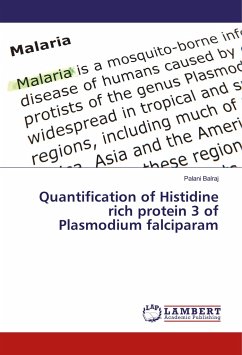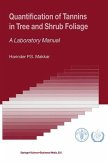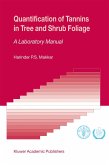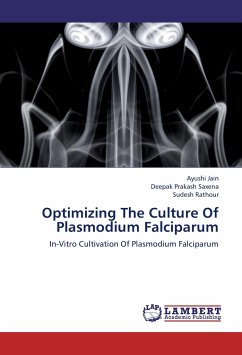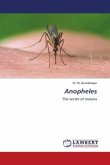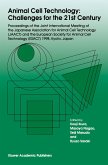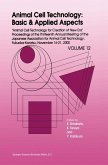Malaria is a life-threatening infectious disease and continues to be a major public health crisis in many parts of the tropical world. P. falciparum is responsible for the majority of mortality and morbidity associated with malaria. During intraerythrocytic cycle, P. falciparum releases three proteins with high histidine content: histidine rich protein 1 (HRP1), HRP2 and HRP3. Currently, most of the diagnostic tests of P. falciparum infection target HRP2 and a number of monoclonal antibodies against HRP2 have been developed for use in HRP2 detection and quantification. When parasites have HRP2 deletions, the detection of HRP3 could augment the sensitivity of the detection system. The combination of both HRP2 and HRP3 monoclonal antibodies in the detection system will enhance the test sensitivity. In the HRP quantitative ELISA, both HRP2 and HRP3 contribute to the result, but the relative contribution of HRP2 and HRP3 were unable to investigate, because of the non availability of HRP3 specific antibody ELISA. Hence ELISA test system based on HRP3 is also essential for the detection and quantification.
Hinweis: Dieser Artikel kann nur an eine deutsche Lieferadresse ausgeliefert werden.
Hinweis: Dieser Artikel kann nur an eine deutsche Lieferadresse ausgeliefert werden.

